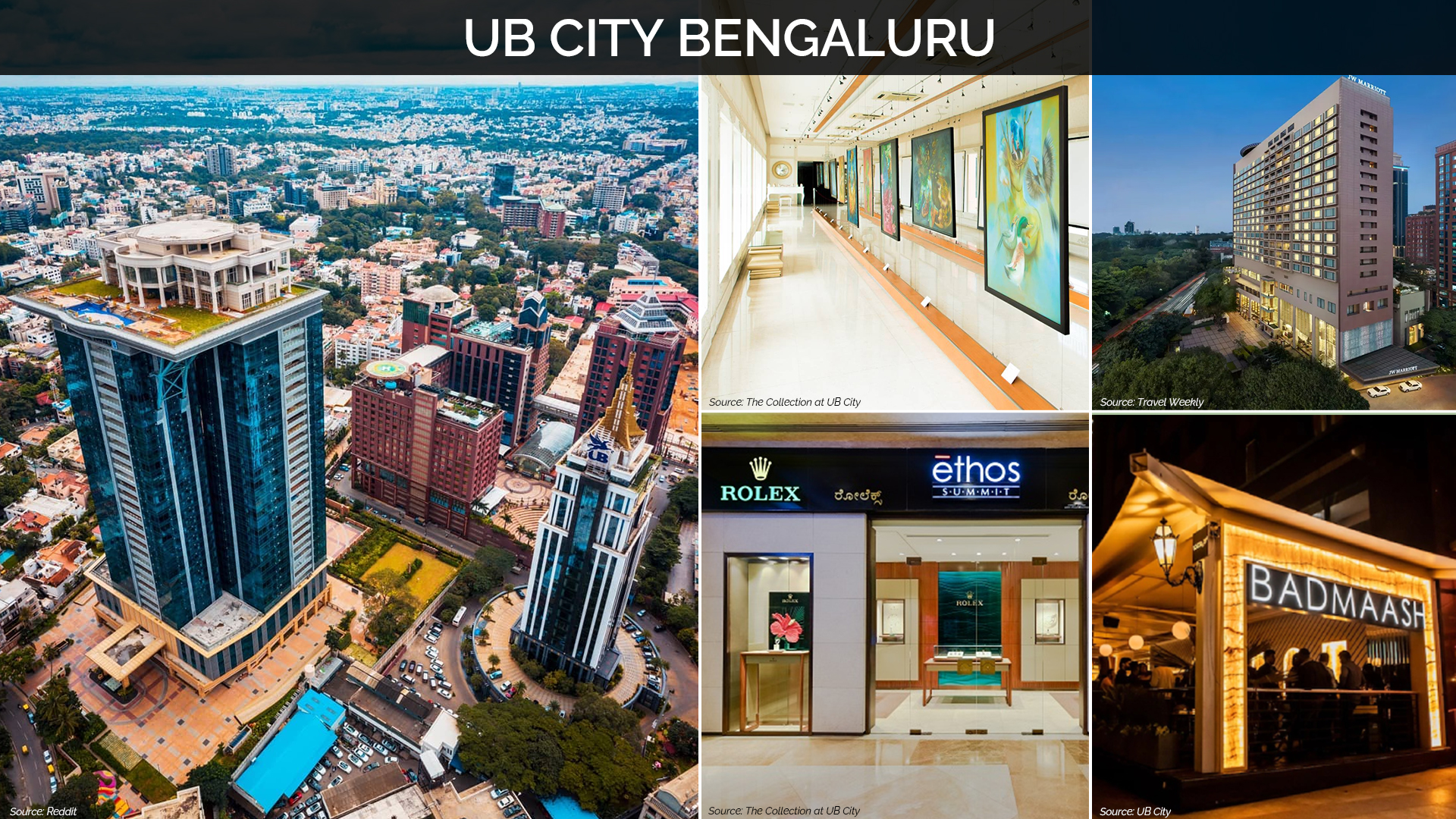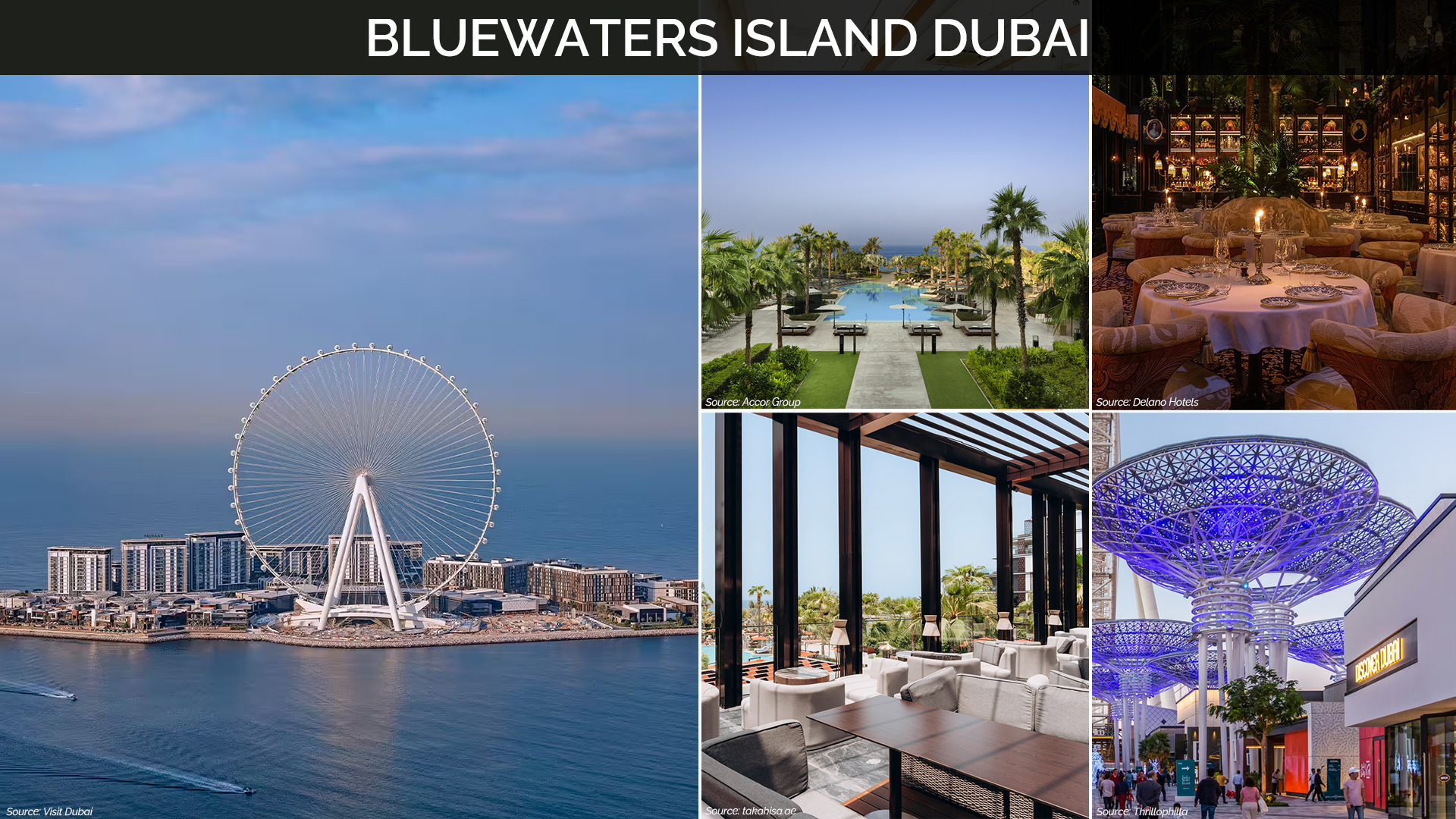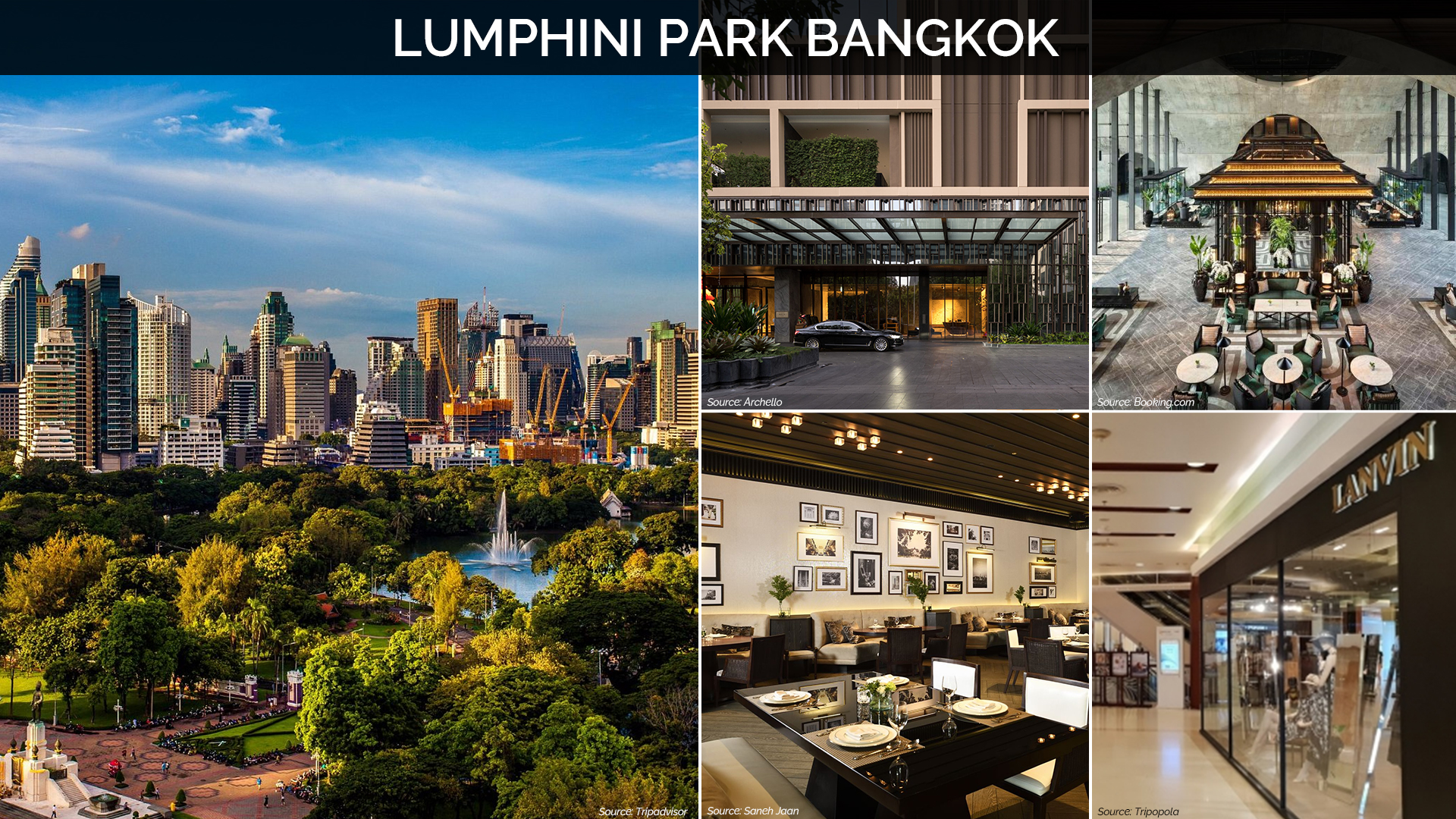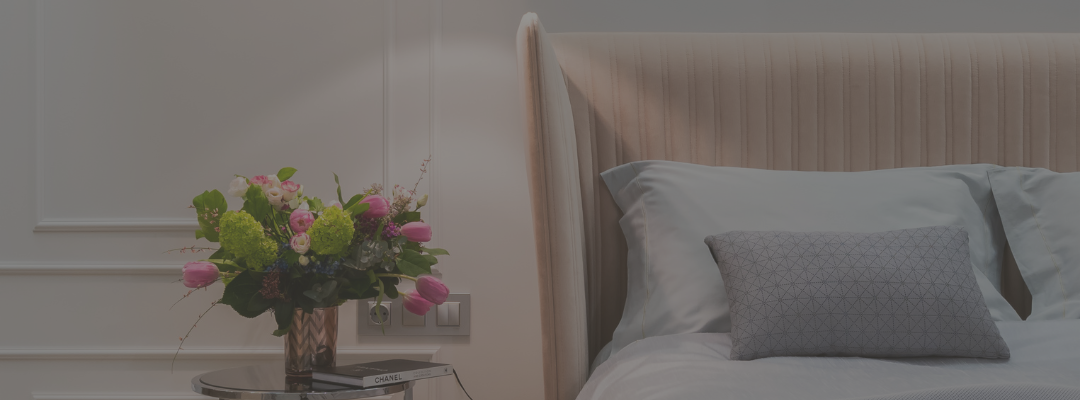The Rise of Mixed-Use Developments: One Destination, Endless Possibilities!
The way we think about hotels is changing. No longer just a place to sleep for the night, today’s hospitality spaces are evolving into something much more layered and purposeful. Across the globe, there’s a growing movement toward mixed-use developments, where hotels are thoughtfully woven into a broader environment that includes retail shops, wellness centres, co-working areas, entertainment spaces, and even residences. This shift isn’t just about squeezing more value out of every square foot of real estate. It’s about creating places that reflect how people actually live, work, and travel today. Guests want more than convenience; they want a sense of connection, community, and experience. And increasingly, locals are engaging with these spaces too—not just as passersby, but as regular users.

As cities around the world grow and change, mixed-use developments have become an important trend in modern urban design. These spaces combine hotels, residences, retail, and office areas into one vibrant community, offering both convenience and a lifestyle experience. While there are many examples around the world, let’s talk about a few in my favourite cities around the world. Developments like UB City in Bengaluru, District 8 in Jakarta, and Bluewaters Island in Dubai and the Langsuan area in Bangkok are perfect examples of this approach, creating self-contained hubs that bring together luxury accommodations, high-end shopping, dining, and cultural experiences, all in one place. Delving further into each of them will further highlight the growth of mixed-use developments.
Located in Bengaluru’s Central Business District, UB City is a landmark mixed-use development that brings together the JW Marriott Hotel and the adjacent Oakwood Premier Prestige, providing serviced residences that cater to both short and extended stays, luxury retail, art galleries, and a variety of dining options. Designed as a premium destination for both locals and visitors, it offers a seamless blend of hospitality, lifestyle, and culture in the heart of the city.

Located in the heart of Jakarta’s SCBD, District 8 is a prime example of how mixed-use developments are redefining urban spaces. The complex brings together luxury hotels, retail, offices, and residences in one vibrant setting. It’s home to the sleek and upscale Langham Jakarta, as well as the much-anticipated 25hours Hotel The Oddbird, which brings a more playful, lifestyle-driven energy to the area. Add to that the trendy ASHTA Mall and Treasury Tower, one of the tallest office buildings in the country, and you’ve got a city block that feels like its own self-contained ecosystem—tailored for modern urban life.

Bluewaters Island in Dubai is a standout example of mixed-use development done right. The destination blends high-end living, hospitality, and entertainment, with two luxury hotels—Banyan Tree Dubai and the Delano Dubai—offering both rooms and branded residences. The island is also home to a variety of restaurants like Takahisa Japanese Restaurant, Brass Monkey, and Alici, to name a few, along with bars, premium retail stores, office spaces, and landmarks like Ain Dubai, helps in creating a vibrant, self-contained lifestyle hub that appeals to both residents and visitors.

The Langsuan area near Bangkok’s Lumphini Park is another prime example of several mixed-use urban developments. It’s home to standout properties like the Kimpton Maa-Lai Bangkok, which combines bold, modern design with serviced residences and vibrant social spaces and the Sindhorn Kempinski Hotel. These are connected to the Sindhorn village, one of the city’s top high-end F&B district. Langsuan with its high-end retail, offices, several Michelin star restaurants like Saneh Jaan (contemporary Thai), Inddee (fine dining Indian) and many more, along with green space, blends lifestyle, convenience, and luxury in one of Bangkok’s most desirable locations.
All these are perfect examples of how mixed-use developments can make life more convenient and connected, all while maintaining a sense of community.
Why Mixed Use? A Win-Win for Investors and Guests
From an investment perspective, mixed-use developments offer diversified revenue streams. A hotel on its own is cyclical and vulnerable to seasonality, economic shocks, and fluctuations in travel patterns. But when it’s paired with other complementary components—say, an office space, a gym, or an F&B-led retail zone—the asset becomes far more resilient and consistently profitable. Simply put, with a stand-alone hotel, all your eggs are in one basket. And this basket usually experiences seasonality and is hit by sporadic travel patterns. When paired with supporting composite functionalities such as office space, retail space, or eateries, the hotel becomes a part of a larger unit and reduces reliance on it being the sole revenue stream.
For developers and owners, the appeal, therefore, lies in:
- Shared infrastructure and operating costs
- Higher yield per square foot
- Longer customer dwell time and increased footfall
For hotel brands, it’s an opportunity to embed themselves more deeply in the fabric of the local community, moving away from isolated hospitality products to vibrant, multifunctional ecosystems.
The New Guest Experience
The expectations of today’s traveller have evolved far beyond the traditional model of a hotel stay. Travel has changed—and so have the people who do it. Today’s guests are looking for more than just a bed and breakfast; they want their stay to fit the way they live. That might mean starting the day in a quiet co-working space with good coffee and fast Wi-Fi, followed by a visit to the spa, some time spent browsing local shops, and wrapping up the evening with dinner and drinks on a rooftop terrace. Increasingly, hotels are offering all of this under one roof. And it’s not just a perk—it’s becoming the expectation. In busy cities and even in up-and-coming neighbourhoods, well-designed mixed-use spaces are breathing new life into overlooked pockets of real estate. These aren’t just places to stay anymore—they’re places to be.
Global Trends, Local Adaptation
Cities like Bangkok, Jakarta, and Dubai have been quick to embrace a new kind of hospitality model—one that goes far beyond the traditional hotel. It’s now common to see five-star hotels paired with branded residences, wellness centres that feel more like private retreats than gyms, and food and retail areas that are designed to be as much about local culture as they are about convenience. But while this mixed-use approach has gained traction globally, it’s being thoughtfully adapted in places like Indonesia. There, developers aren’t just copying international trends—they’re blending them with what matters to Indonesian communities. That means more green space, retail that champions local artisans, wellness offerings rooted in tradition, and a real focus on creating places where people can come together. A good example is the upcoming Andaz Jakarta Sudirman, part of the larger Two Sudirman development, which is being designed to mix luxury with day-to-day functionality. And in Central Jakarta, Thamrin Nine has taken it a step further by creating a true vertical city—housing offices, residences, and the Waldorf Astoria hotel all in one towering complex. These projects show that when hospitality is approached with both global ambition and local heart, it can reshape not just how people travel, but how they live.
Looking Ahead: The Future is Hybrid
The way we live, work, and travel has changed—and it’s not going back. Those lines that once separated business from leisure or home from hotel have blurred so much that they’re almost irrelevant. That’s why mixed-use hospitality developments aren’t just a passing trend anymore—they’re becoming the go-to approach for smart, future-facing real estate. Especially in a post-pandemic world, there’s a clear need for spaces that can adapt quickly, serve more than one purpose, and bring people together. Whether it’s a hotel with co-working spaces, wellness centres, shops, or even residential units, this kind of setup just makes sense now. It’s good business, yes, but it’s also what people want: convenience, connection, and a sense of place. Developers who understand that—and design accordingly—are building more than properties. They’re creating destinations people actually want to be part of.
For more information, please contact Manav at [email protected] and Aatreyi at [email protected]

